Ryegrass, Beef Builder Forage Annual
$47.00 /50lbs. (50 pound bag)
Improvement over annual for grazing, especially in rust prone areas (high rainfall).
Out of stock
Improvement over annual for grazing, especially in rust prone areas (high rainfall).
| Grow Height | Cold Tolerance | Minimum Rainfall |
Planting Rate Acre |
| 2-3′ | Good | 25″ | 25 lb. |
| Weight | 51 lbs |
|---|---|
| Dimensions | 29 × 17 × 7 in |
Be the first to review “Ryegrass, Beef Builder Forage Annual” Cancel reply
You must be logged in to post a review.
Related products
Native, cool season perennial. Prefers moist soils, high soil fertility, heavier soil textures, and it is shade tolerant. It can be found scattered on shaded banks, along fencerows and in open woodlands.
Warm season perennial tufted bunch grass. Originally collected near Manali, India and tested in Oklahoma and Texas.
Good hay, grazing with management. Do not over graze - Prussic Acid Poison.
Introduced fast growing annual, a heavy forage producer. In some areas of the world the small seed is ground for flour.
Warm season perennial that does well on moist, but well-drained, soils. It is a dense turfgrass. Can crowd out weeds and bermudagrass.
Forage bermudagrass with wide, soft leaves. It shows rapid establishment from seed and aggressive spreading from stolons and rhizomes. Chilly Verede has persisted through cold winters in North Carolina, where it was developed, and has excellent heat and drought tolerance.
Largest use is turfgrass. Used to overseed warm season turf or as primary turfgrass. In adaptable regions plant 2-10 lb. per 1000 sqft.
Like other Tall Fescue this is normally a permanent cool season grass. However unlike other Tall Fescue Titan Rx has rhizomes that allows it to spread and has more heat/drought tolerance because of the larger root system.
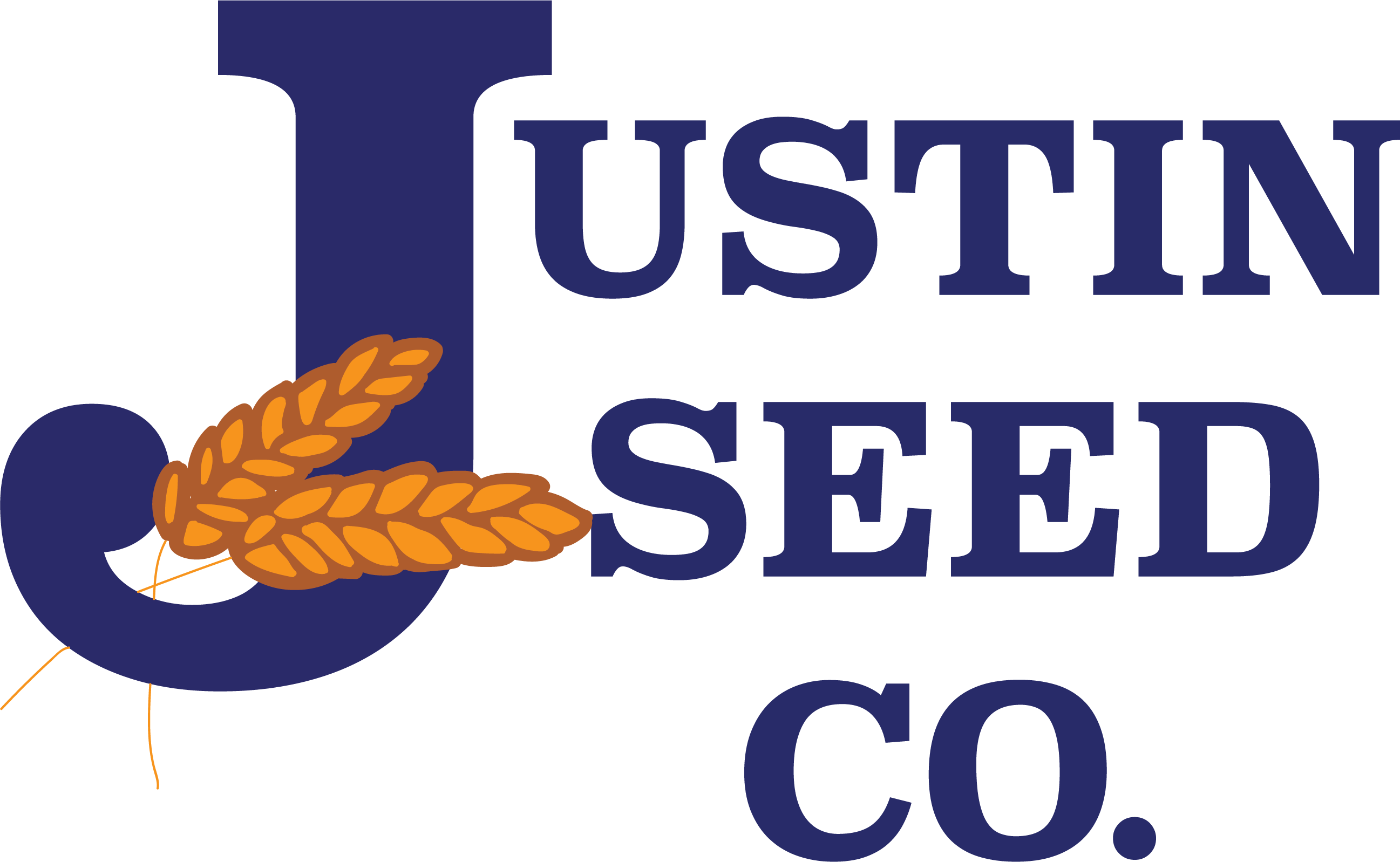
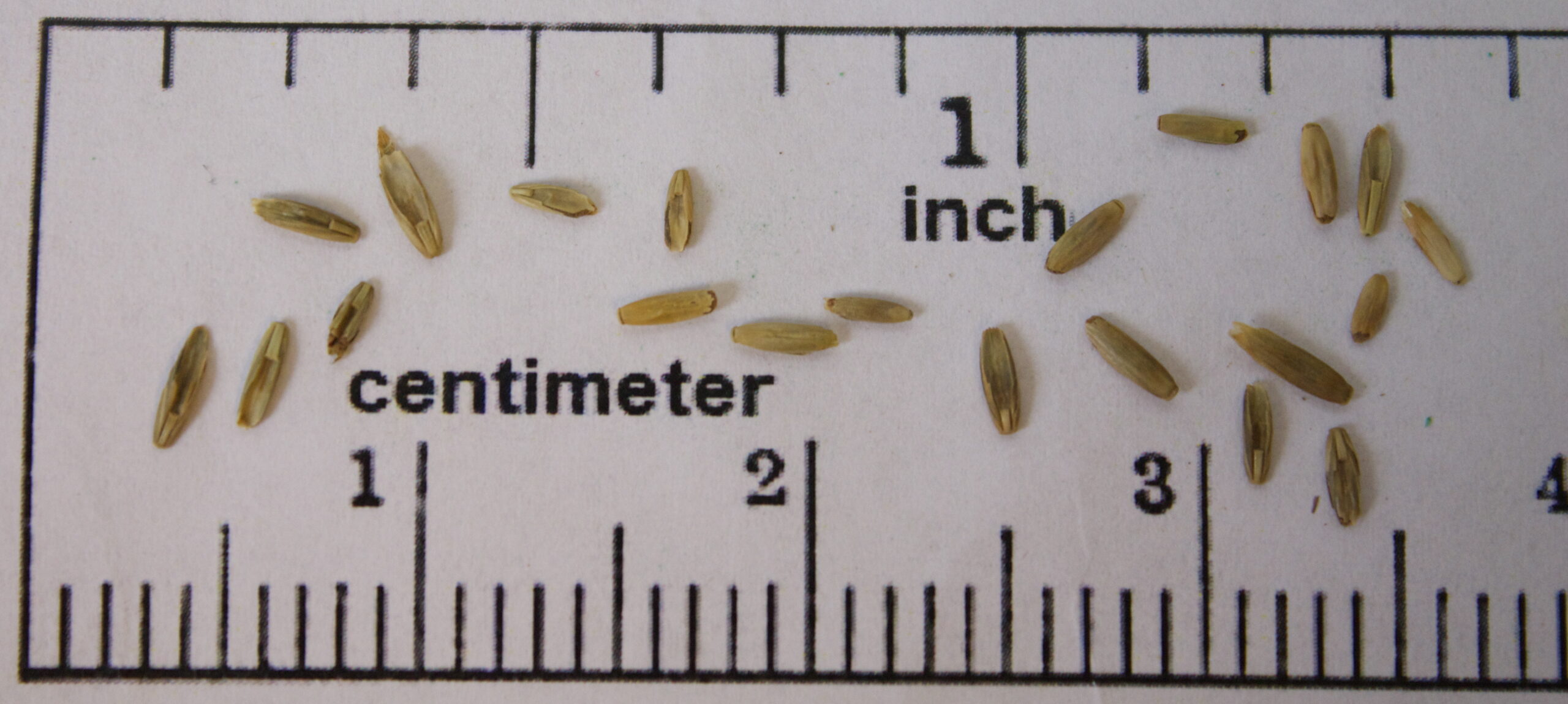
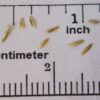
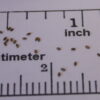
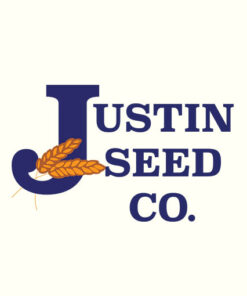
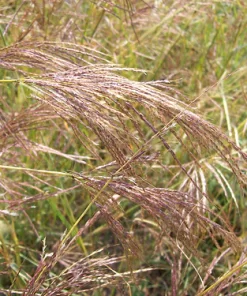
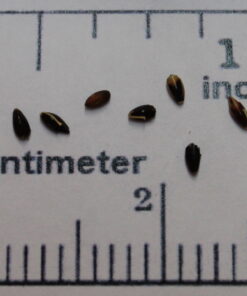

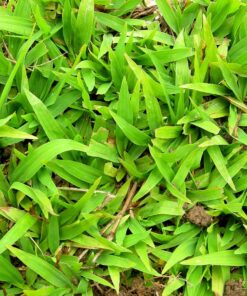
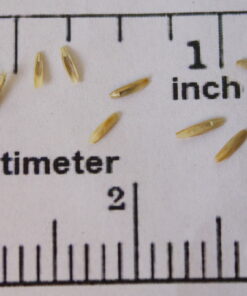
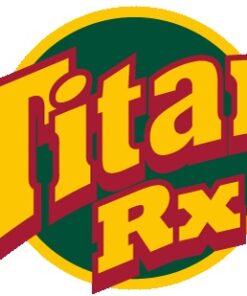
Reviews
There are no reviews yet.